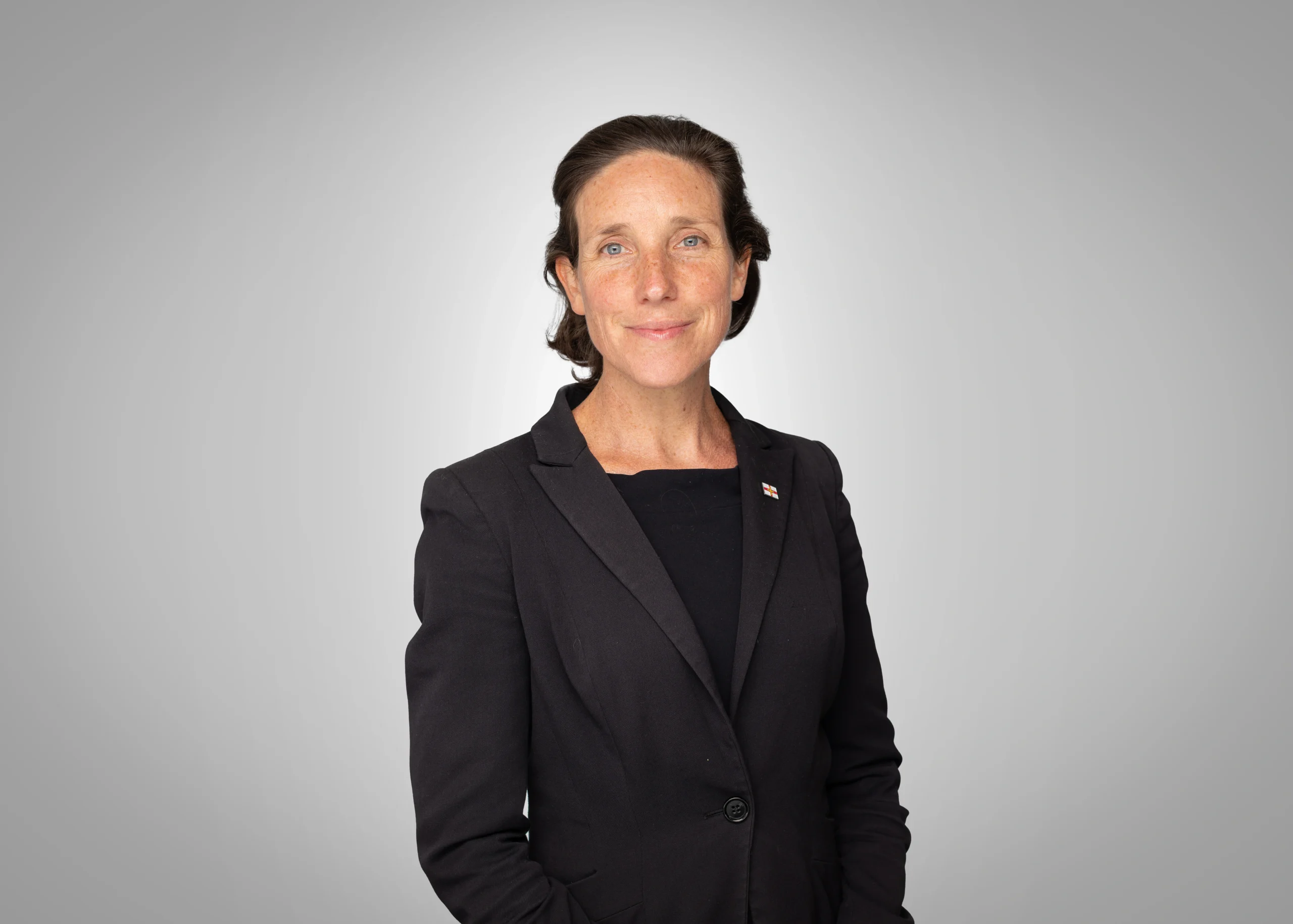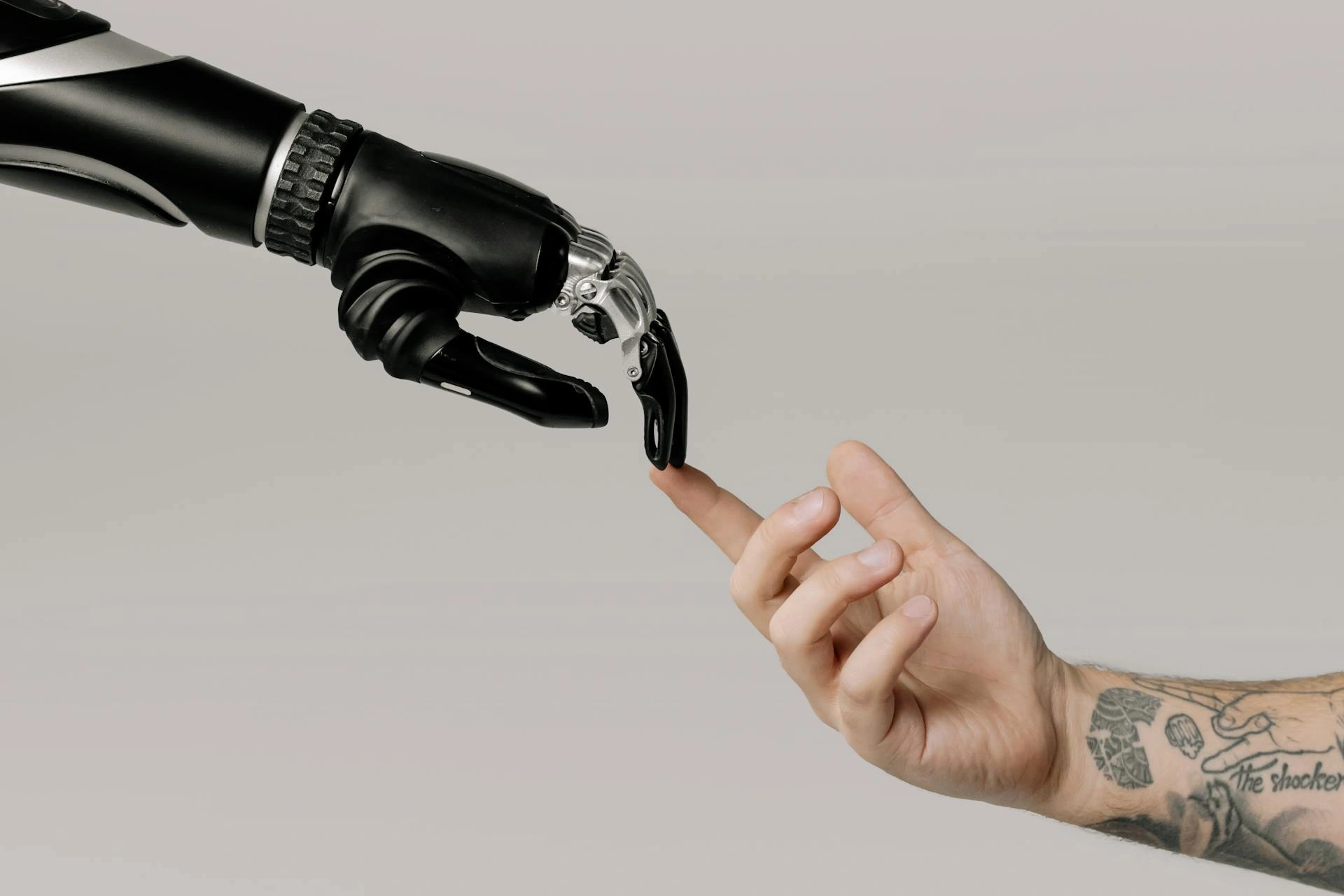What Indian philosophy can teach modern business about resilient systems

Vendan Ananda Kumararajah
- Published
- Opinion & Analysis

Long before Western thinkers created the science of cybernetics, Indian philosophers mapped the same principles of balance, feedback, and ethical governance. Stafford Beer built modern management theory on that foundation — and today, those forgotten ideas could guide how leaders design resilient organisations and responsible AI, discovers our Ethics and Transformation Correspondent, Vendan Kumararajah
In 1994, the management theorist Stafford Beer opened his paper “May the Whole Earth Be Happy: Loka Samastāt Sukhino Bhavantu” with a Sanskrit benediction meaning “May the whole world be happy.” It was an unusual start for a paper on organisational design, yet it revealed the depth of Beer’s conviction that effective systems depend on balance, awareness, and the well-being of the whole.
Beer was one of the 20th century’s most original business thinkers. A British consultant, theorist, and professor at Manchester Business School, he founded the field of management cybernetics, the study of how organisations regulate and renew themselves. After serving as a company commander in the British Army and later leading operations research at United Steel, he went on to advise governments and corporations worldwide. His best-known contribution, the Viable System Model, set out how complex enterprises can remain adaptive, accountable, and self-governing in a changing environment.
Beyond management theory, Beer was also a serious student of Eastern thought. He studied Sanskrit, translated parts of the Bhagavad Gītā, and taught yoga while developing his systems research. What began as a personal interest in philosophy evolved into an intellectual framework that shaped his view of management. The same concepts of balance, self-regulation, and awareness that underpin Indian philosophy became central to his understanding of how organisations survive and adapt.
Beer believed that stability in any organisation arises through balance rather than control. Systems, he said, remain viable when their parts interact harmoniously, learn continuously, and respond to feedback. In contemporary language, he was describing the principles of adaptive leadership and dynamic governance.
Archival evidence shows that Beer saw strong parallels between his Viable System Model and Indian philosophy. In Interfaces (1994), he drew what he called “a direct and startling comparison” between the Vedāntic model of creation and the Viable System Model. Both describe self-organising systems that sustain equilibrium through awareness and recursive feedback. Indic philosophy, in his view, offered an experiential and conceptual grammar for understanding complexity, long before Western cybernetics coined the same language.
Centuries earlier, the Tamil Śaiva Siddhānta school had described a five-fold structure of coherence: Jñāna (knowledge), Kriyā (action), Bhoga (experience), Laya (integration), and Adhikāra (governance). The framework outlined how cognition, activity, and regulation maintain harmony within a living system. Beer’s Viable System Model mirrored this structure with its five functional layers of operation, coordination, control, intelligence, and policy. The correspondence is structural and both recognise that systems remain healthy when knowledge, action, experience, and governance work in alignment.
Beer’s engagement with Vedānta and yoga also shaped his view of leadership. He saw decision-making as a continual balancing of direction and awareness. In his writing, he described leadership as a dance of control and freedom. Modern managers recognise this as the art of empowering teams while preserving accountability. The lesson remains relevant: organisations achieve stability when awareness and authority evolve together.
Western business thinking often focuses on efficiency, output, and control. Indian philosophy adds ethical coherence. In Tamil thought, Adhikāra, or rightful authority, arises only when knowledge, action, experience, and reflection operate responsibly together. Leadership becomes legitimate when it is grounded in understanding and purpose.
The A3 Model builds directly on this foundation. It is based on three principles: Āram (ethical coherence), Ānavam (awareness of distortion), and Adhikāram (legitimate agency). The model translates these classical insights into a practical architecture for leadership, organisational design, and AI governance. It completes the synthesis that Beer began, restoring ethics and consciousness to the framework of systemic intelligence. The result is a model that treats governance, ethics, and learning as interdependent properties of viable systems.
Restoring these connections gives overdue recognition to the intellectual contribution of non-Western thought. Western management theory frequently attributes the origins of cybernetics to Wiener, Ashby, and Beer, yet Beer himself recognised that its grammar of balance and feedback drew on far older roots in Indic metaphysics. Acknowledging that lineage completes the picture of his achievement and clarifies the wider philosophical inheritance behind modern systems thinking.
The following lessons capture how those principles can guide effective leadership and resilient strategy.
Five lessons for leaders to build ethical, resilient, and intelligent organisations
1. Treat feedback as intelligence, not correction.
Resilient systems learn continuously. Encourage mechanisms that gather and interpret feedback across every level of the organisation, rather than using it only to fix problems after they arise.
2. Balance control with trust.
Effective governance depends on empowering people to act responsibly within clear parameters. Oversight works best when it enables initiative, not when it restricts it.
3. Build ethics into design, not compliance.
Ethical coherence should shape how systems are designed, not sit as an afterthought in policy documents. When integrity is embedded in structure, it strengthens decision-making and public trust.
4. Align intelligence, action, and accountability.
Operations, management, and leadership must communicate and adapt together. Strategic failures often occur when decision-making becomes detached from real activity and feedback.
5. Lead through legitimacy.
Authority must rest on understanding and service, not hierarchy. Leaders who connect purpose with competence create stability that control alone cannot achieve.

Vendan Ananda Kumararajah is an internationally recognised transformation architect and systems thinker. The originator of the A3 Model—a new-order cybernetic framework uniting ethics, distortion awareness, and agency in AI and governance—he bridges ancient Tamil philosophy with contemporary systems science. A Member of the Chartered Management Institute and author of Navigating Complexity and System Challenges: Leadership for the 21st Century (2025), Vendan is redefining how intelligence, governance, and ethics interconnect in an age of autonomous technologies.
READ MORE: ‘The European Reads: What a 2,000-year-old philosophy can teach us about power‘. Vendan Kumararajah’s Navigating Complexity and System Challenges: Foundations for the A3 Model puts forward a new way of thinking about governance at a time when institutions, organisations and technologies are straining under the weight of disruption.
Do you have news to share or expertise to contribute? The European welcomes insights from business leaders and sector specialists. Get in touch with our editorial team to find out more.
Sign up to The European Newsletter
RECENT ARTICLES
-
 Britain is finally having its nuclear moment - and it’s about time
Britain is finally having its nuclear moment - and it’s about time -
 Forget ‘quality time’ — this is what children will actually remember
Forget ‘quality time’ — this is what children will actually remember -
 Shelf-made men: why publishing still favours the well-connected
Shelf-made men: why publishing still favours the well-connected -
 European investors with $4tn AUM set their sights on disrupting America’s tech dominance
European investors with $4tn AUM set their sights on disrupting America’s tech dominance -
 Rachel Reeves’ budget was sold as 'fair' — but disabled people will pay the price
Rachel Reeves’ budget was sold as 'fair' — but disabled people will pay the price -
 Billionaires are seizing control of human lifespan...and no one is regulating them
Billionaires are seizing control of human lifespan...and no one is regulating them -
 Africa’s overlooked advantage — and the funding gap that’s holding it back
Africa’s overlooked advantage — and the funding gap that’s holding it back -
 Will the EU’s new policy slow down the flow of cheap Chinese parcels?
Will the EU’s new policy slow down the flow of cheap Chinese parcels? -
 Why trust in everyday organisations is collapsing — and what can fix it
Why trust in everyday organisations is collapsing — and what can fix it -
 In defence of a consumer-led economy
In defence of a consumer-led economy -
 Why the $5B Trump–BBC fallout is the reckoning the British media has been dodging
Why the $5B Trump–BBC fallout is the reckoning the British media has been dodging -
 WPSL Group unveils £1billion blueprint to build a global golf ‘super-group’
WPSL Group unveils £1billion blueprint to build a global golf ‘super-group’ -
 Facebook’s job ads ruling opens a new era of accountability for artificial intelligence
Facebook’s job ads ruling opens a new era of accountability for artificial intelligence -
 Robots can’t care — and believing they can will break our health system
Robots can’t care — and believing they can will break our health system -
 The politics of taxation — and the price we’ll pay for it
The politics of taxation — and the price we’ll pay for it -
 Italy’s nuclear return marks a victory for reason over fear
Italy’s nuclear return marks a victory for reason over fear -
 The Mamdani experiment: can socialism really work in New York?
The Mamdani experiment: can socialism really work in New York? -
 Drowning in silence: why celebrity inaction can cost lives
Drowning in silence: why celebrity inaction can cost lives -
 The lost frontier: how America mislaid its moral compass
The lost frontier: how America mislaid its moral compass -
 Why the pursuit of fair taxation makes us poorer
Why the pursuit of fair taxation makes us poorer -
 In turbulent waters, trust is democracy’s anchor
In turbulent waters, trust is democracy’s anchor -
 The dodo delusion: why Colossal’s ‘de-extinction’ claims don’t fly
The dodo delusion: why Colossal’s ‘de-extinction’ claims don’t fly -
 Inside the child grooming scandal: one officer’s story of a system that couldn’t cope
Inside the child grooming scandal: one officer’s story of a system that couldn’t cope -
 How AI is teaching us to think like machines
How AI is teaching us to think like machines -
 The Britain I returned to was unrecognisable — and better for It
The Britain I returned to was unrecognisable — and better for It



























